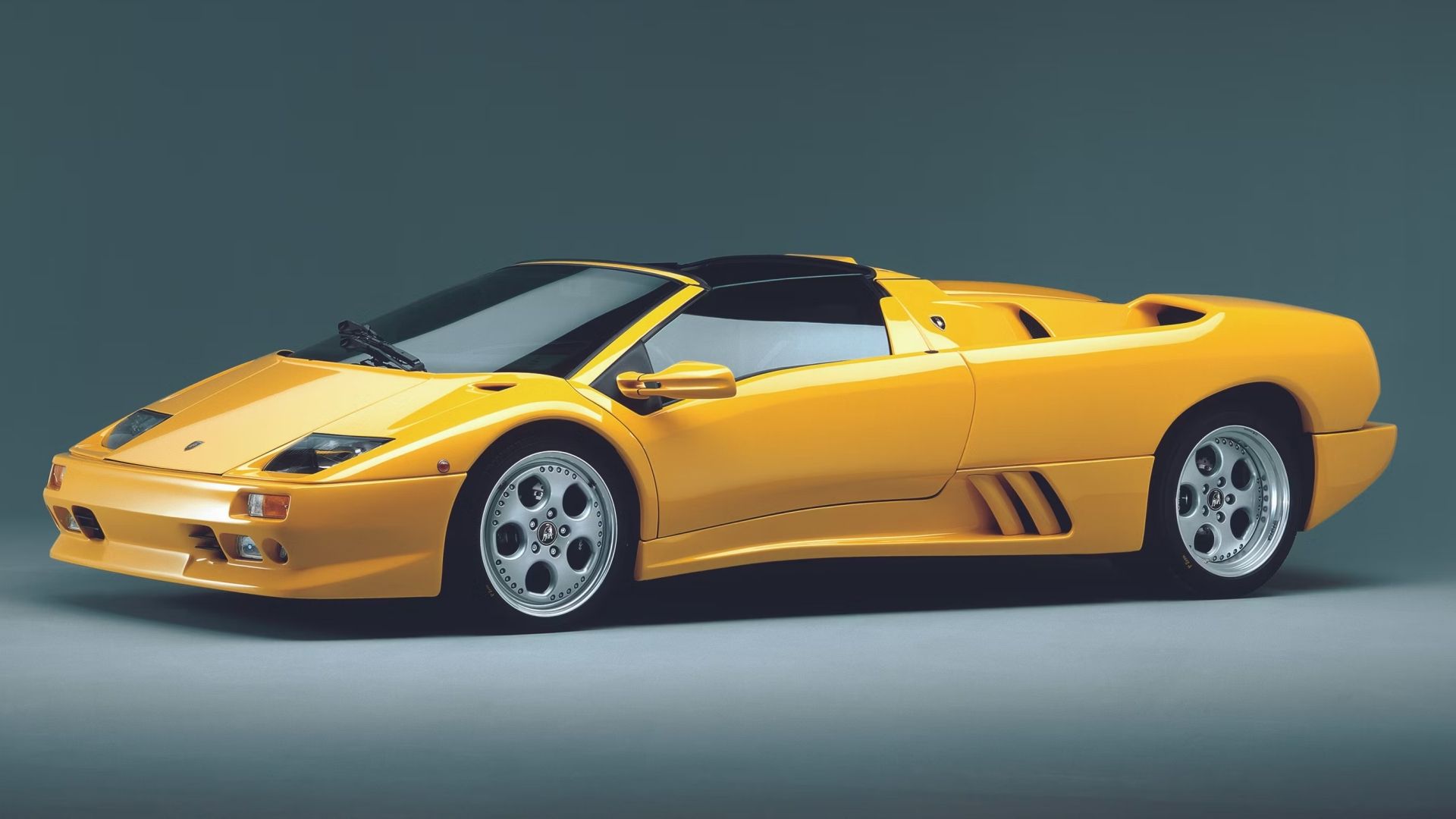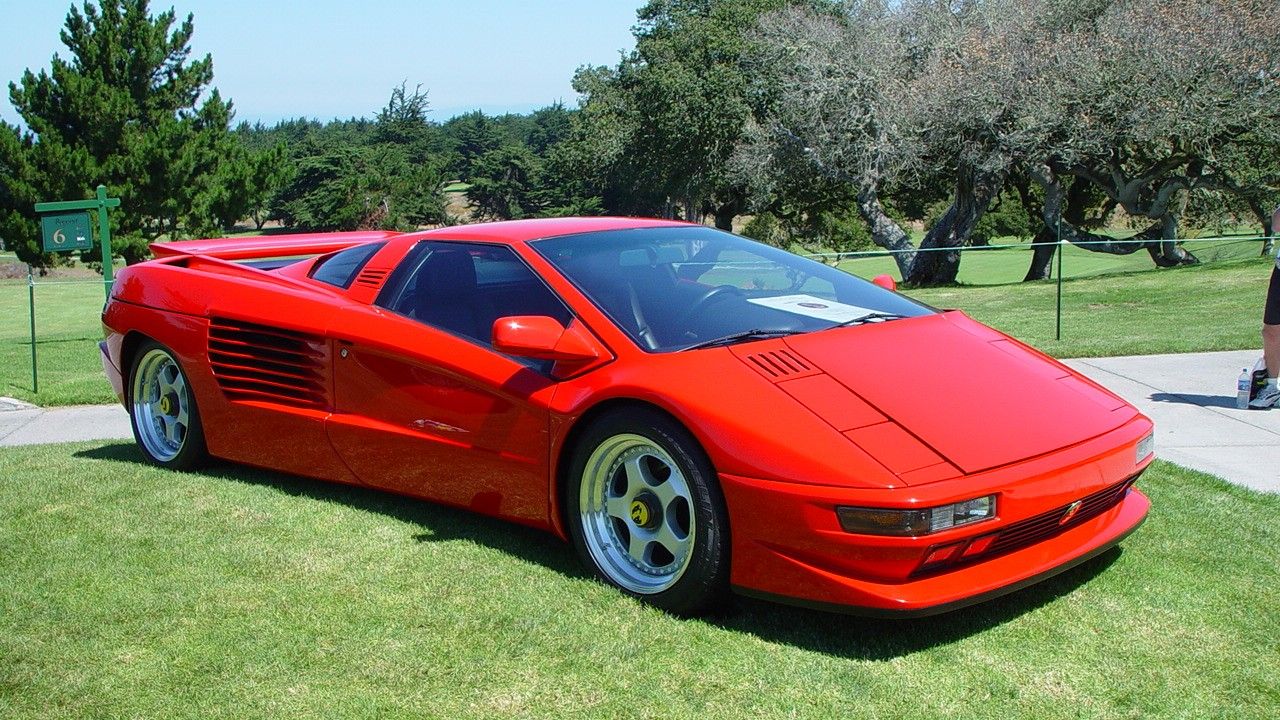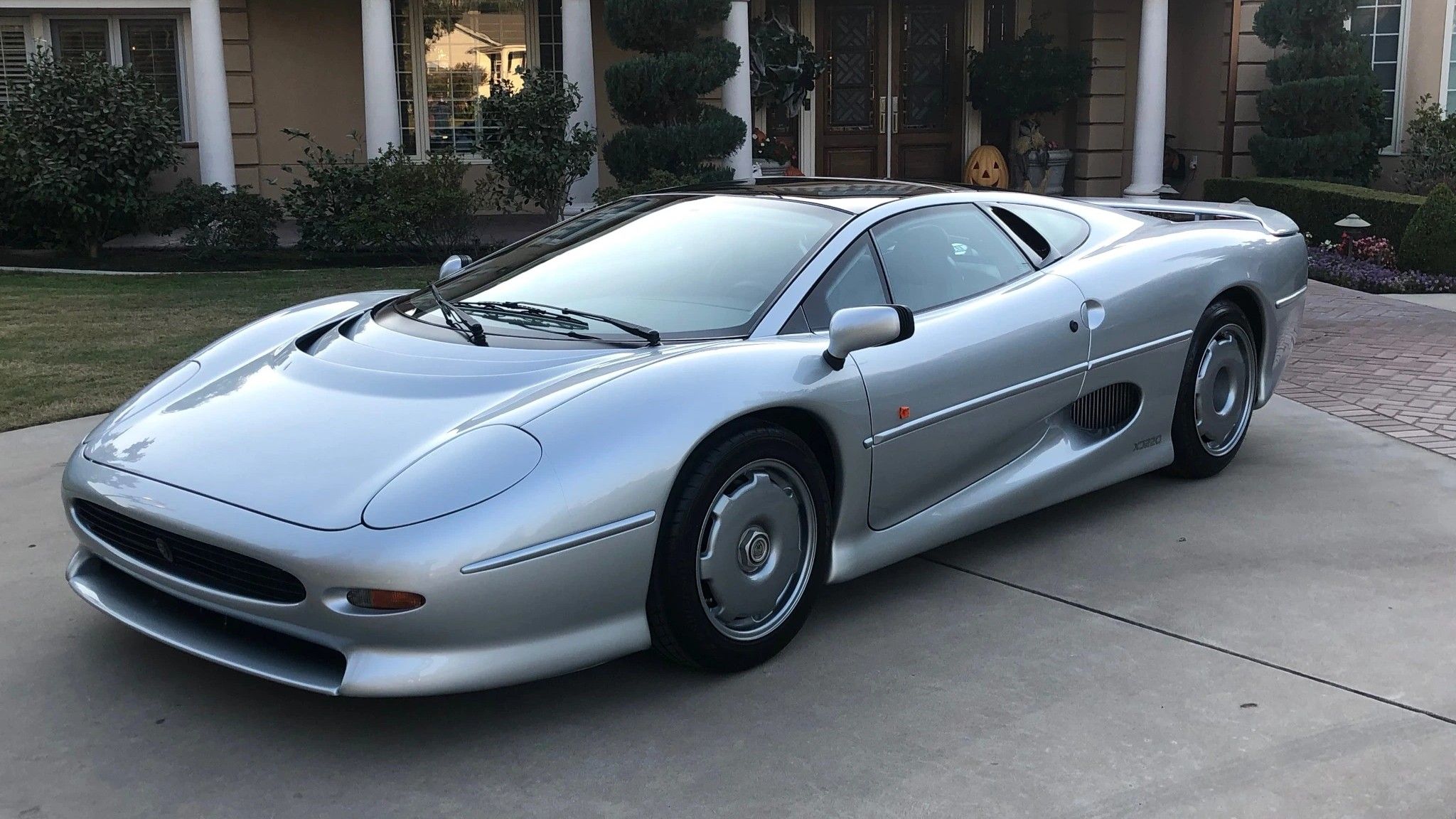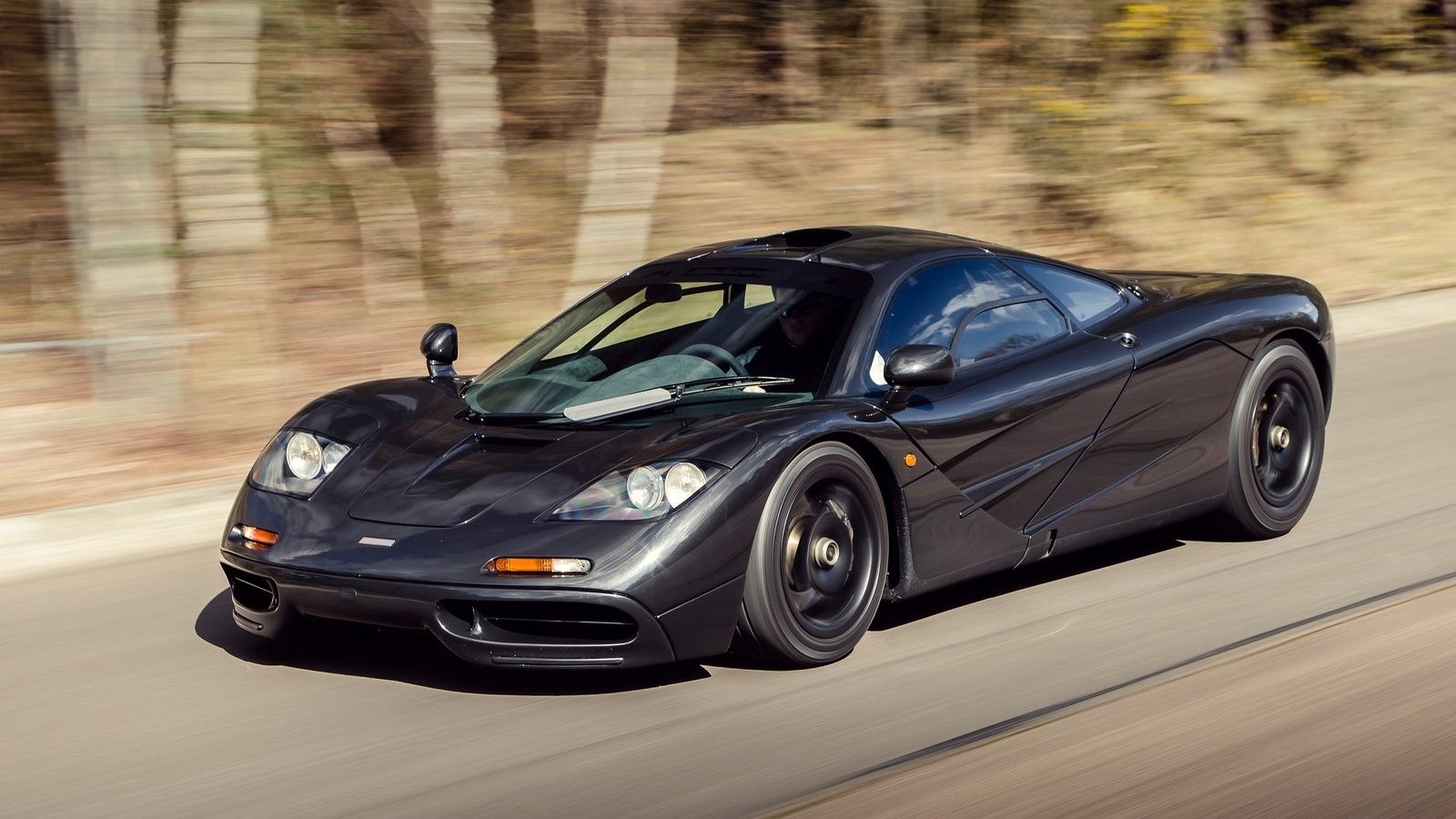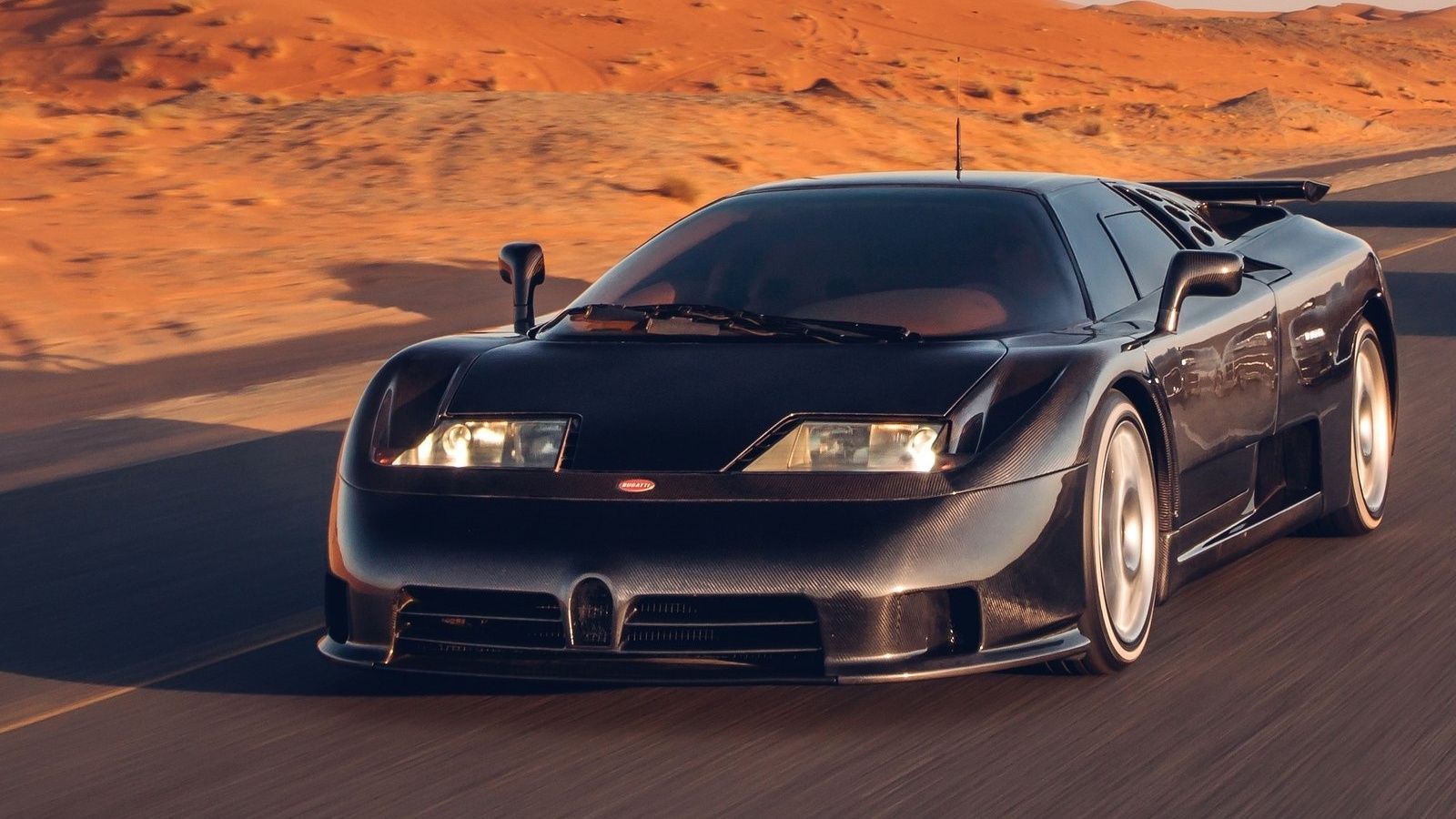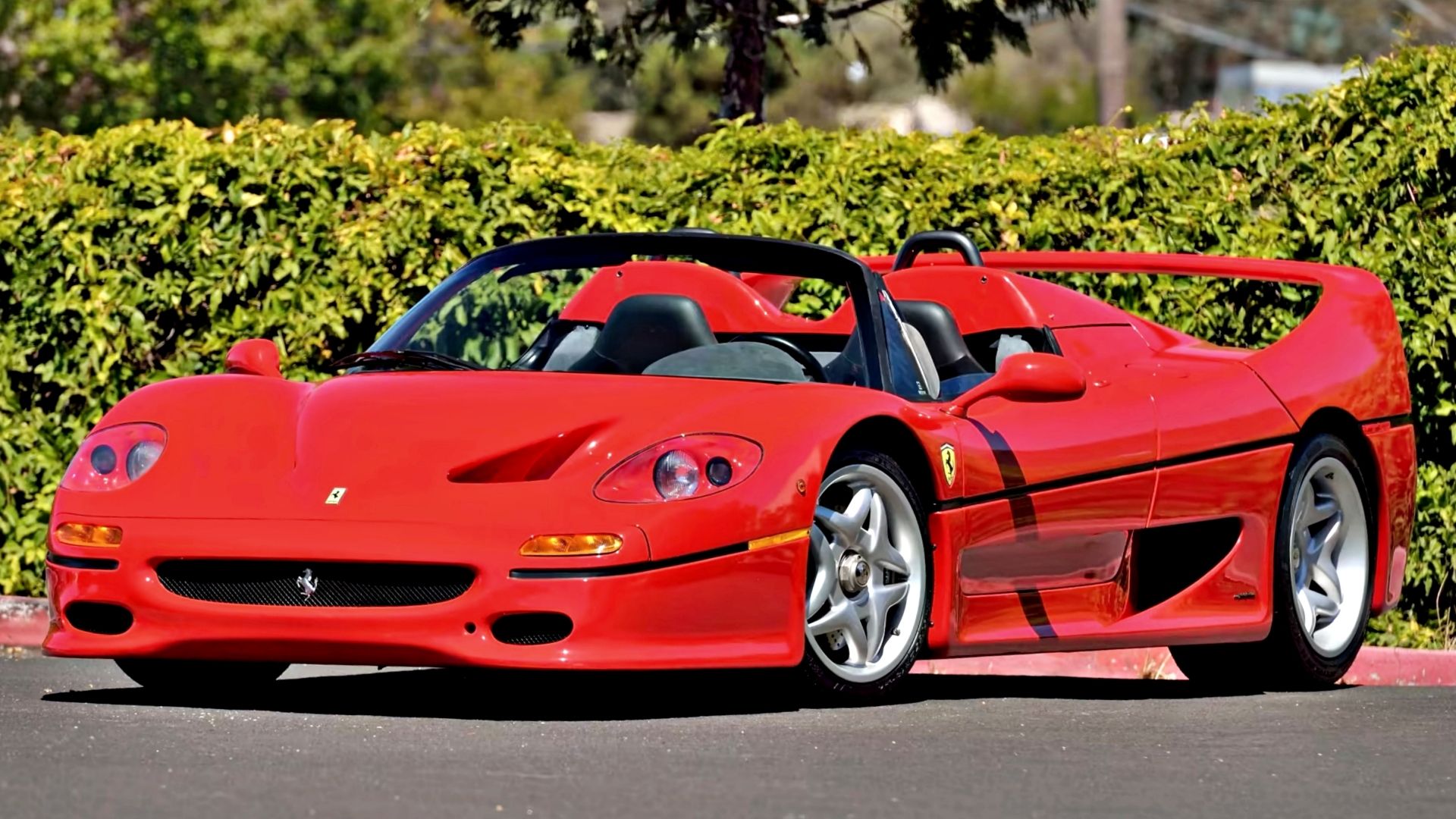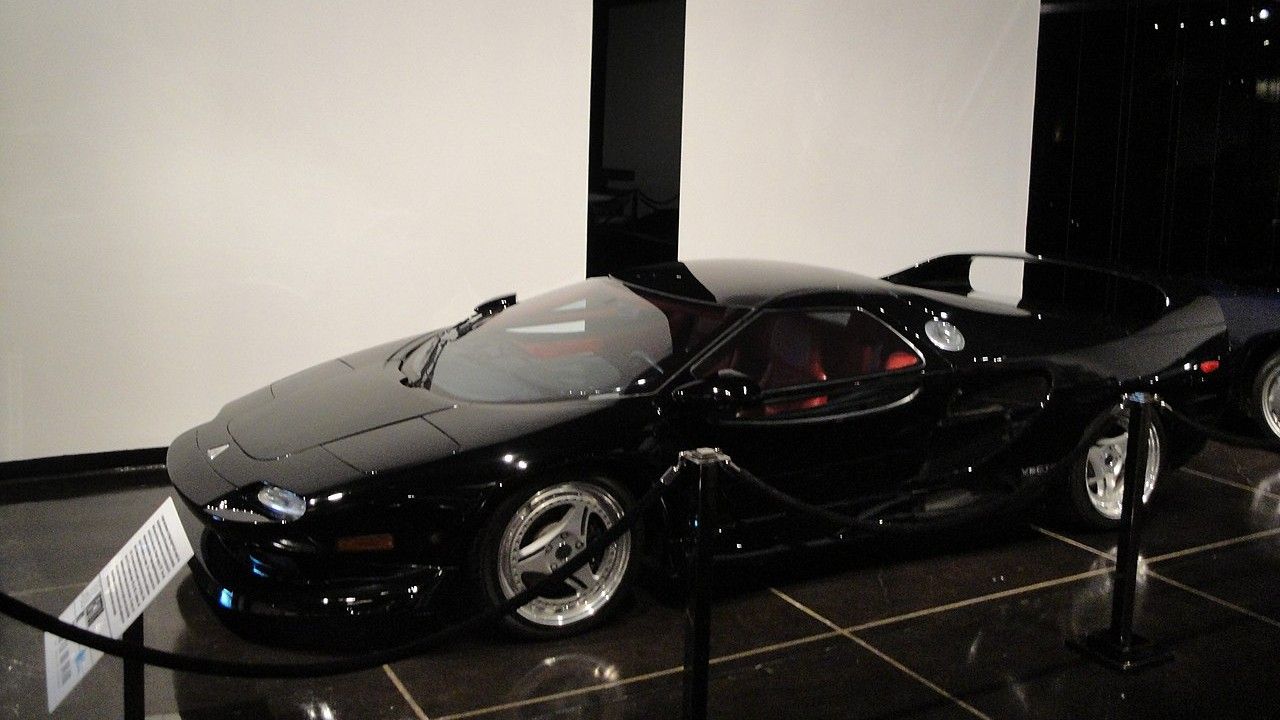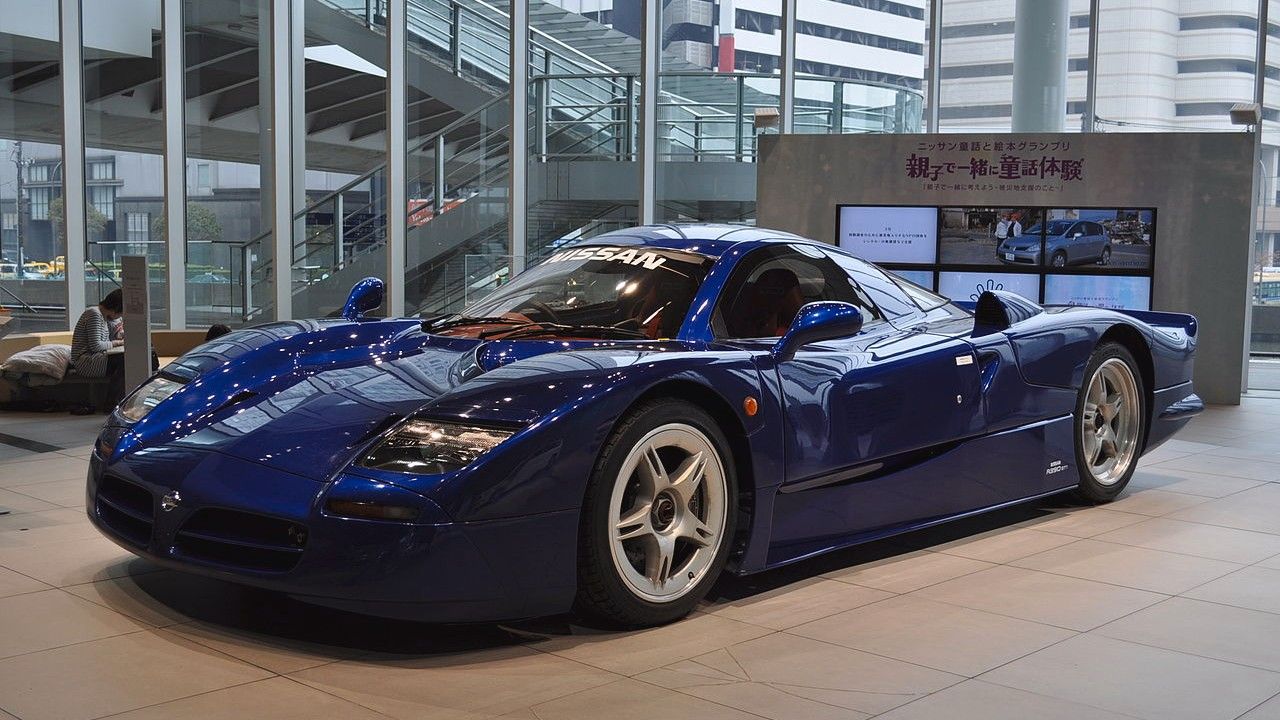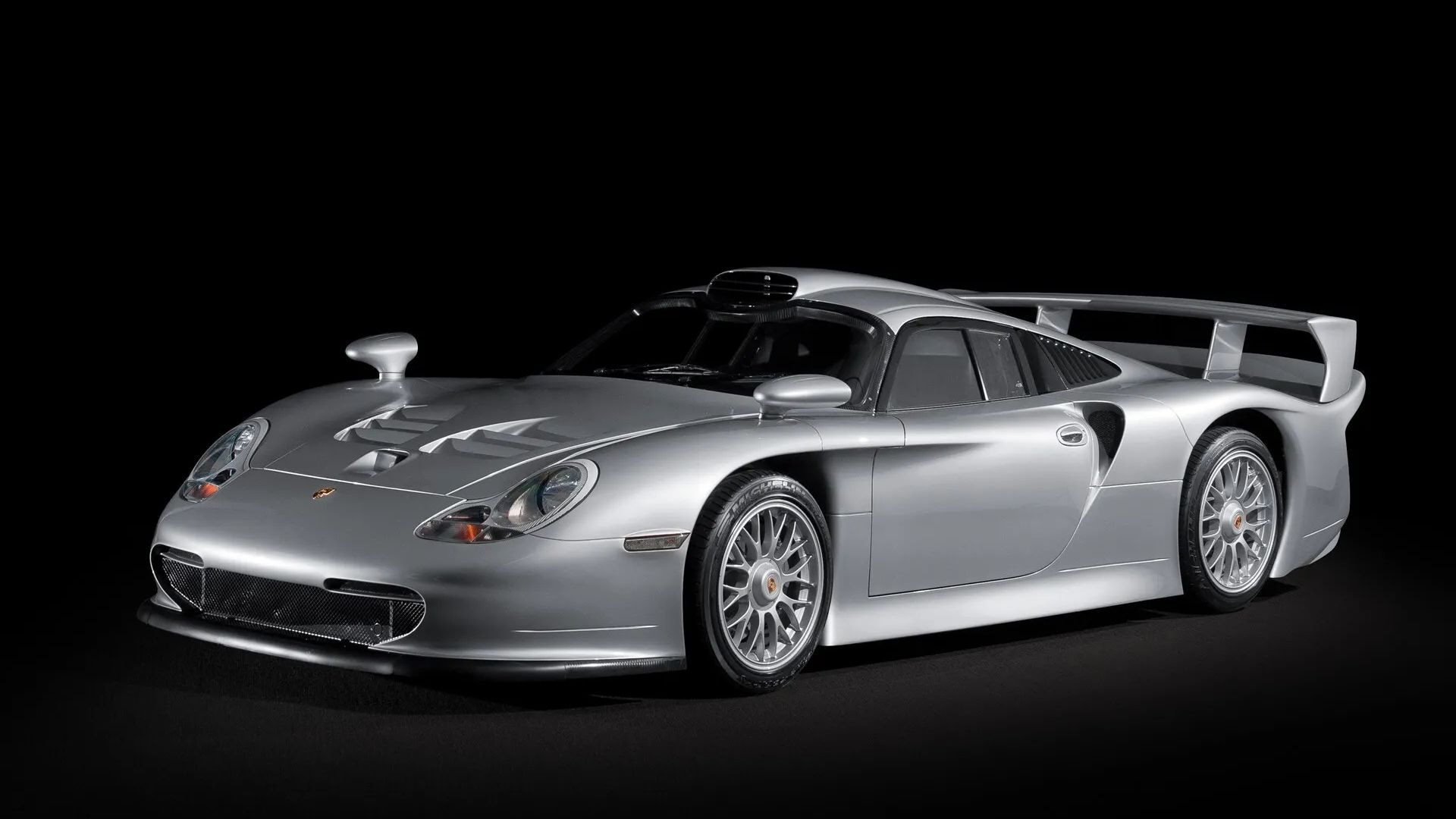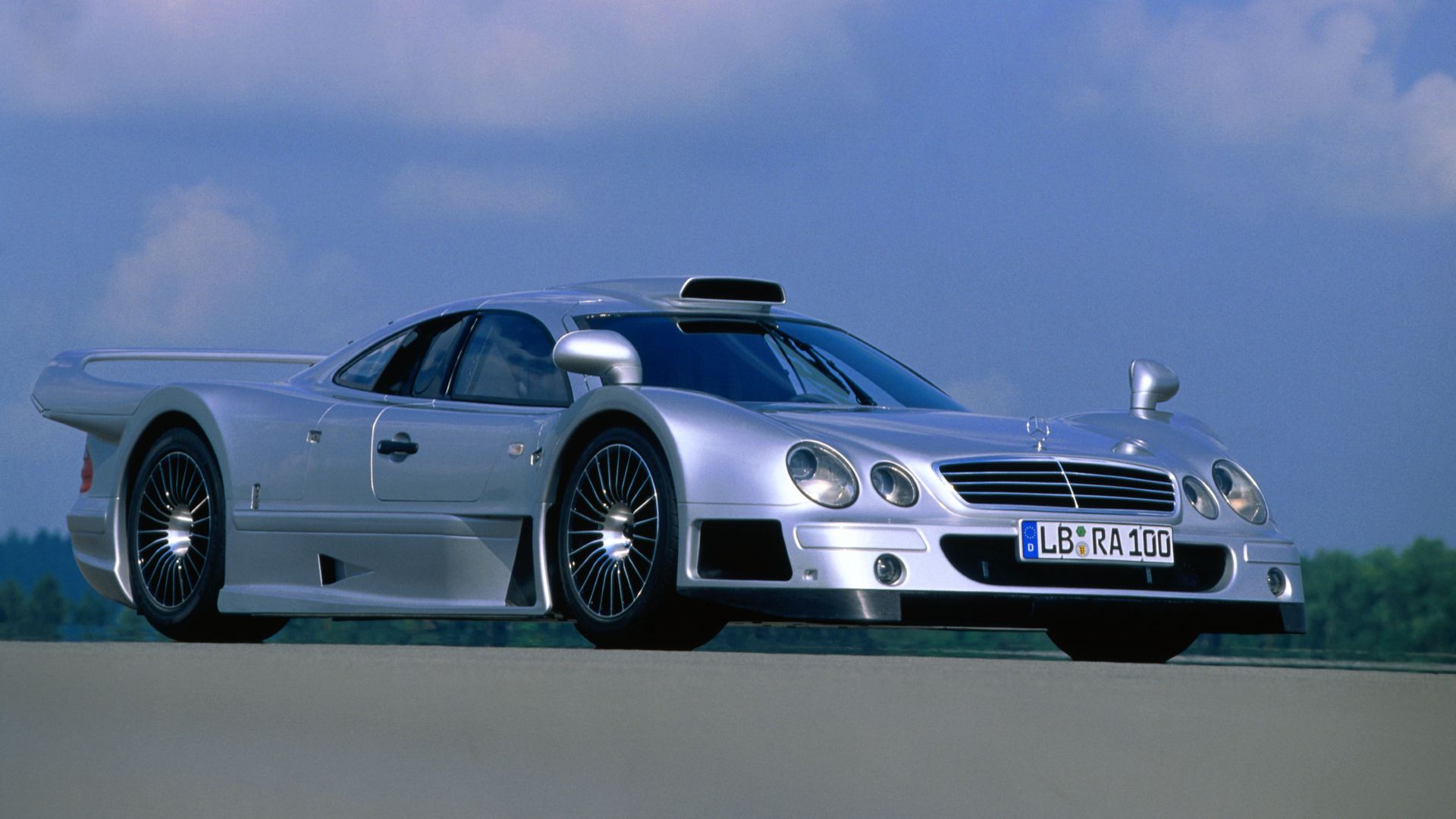The 1990s were an excellent decade for supercars. Before the 90s rolled along, Ferrari and Lamborghini dominated the supercar segment. In the 90s however, manufacturers like McLaren, Jaguar, and Mercedes tossed their hats in the ring, building supercars capable of beating offerings from their Italian rivals. In the U.S., Chevy and Dodge stepped up, eager to claim a share of the pie.
Over in Japan, Honda partnered with F1 driver Ayrton Senna to produce the iconic NSX. Small manufacturers also tried their luck at developing high-performance cars. Many excellent supercars debuted in the 90s and some of this glorious era's supercars would outperform many of today’s high-performance models. Here are 10 such supercars from the ‘90s that deserve a comeback.
We have compiled this list of 1990s supercars that would have a place in today's world by comparing data and collecting information from manufacturer releases and specialist websites, including Car and Driver.
10 1991 Cizeta V16T
Top Speed: 204 Mph
The Cizeta was built by ex-Lamborghini personnel to compete with Lambos and Ferraris. The vehicle doubtlessly had the power, tech, and aesthetics to rival the best supercars in the world. Claudio Zampoili conceived the idea of building a supercar after quitting his job as an engineer at Lamborghini to sell high-performance vehicles in Los Angeles.
Specifications
| Engine | 6.0-liter V-16 |
| Engine output | 560 horsepower and 400 pound-feet |
| Transmission | Five-speed manual |
| Drivetrain | RWD |
| 0-60 MPH | 4.4 seconds |
| Top Speed | 204 MPH |
The exceptional team of designers and engineers put together by Claudio delivered an outstanding supercar with a transversely mounted 6.0-liter V-16 engine. The company’s owner didn’t care much about profits. Still, he estimated that Cizeta would need to produce 50 cars annually to be successful. He opined that Cizeta could build as many as 100 V16T’s a year.
However, the company manufactured only 13 examples, with the last one delivered to its owner in 2003. Regardless, you can still order a V16T from the company’s website.
9 1992 Jaguar XJ220
Top Speed: 217 Mph
Jaguar decided to build the XJ220 following an overwhelmingly positive reaction to the XJ220 concept car. During manufacturing, however, Jaguar made several changes to the concept. Firstly, the company swapped the unreliable 6.2-liter V-12 for a more potent twin-turbocharged V-6. Jaguar also ditched the concept’s all-wheel-drive system for a more conventional rear-wheel drive layout.
Specifications
| Engine | Twin-turbocharged 3.5-liter V-6 |
| Engine output | 542 horsepower and 475 pound-feet |
| Transmission | Five-speed manual |
| Drivetrain | RWD |
| 0-60 MPH | 3.6 seconds |
| Top Speed | 217 MPH |
The British automaker also did away with advanced tech like rear-wheel steering and active aero to cut costs and reduce complexity. Despite the wholesale changes made to the car, the XJ220 was still impressive. With a claimed top speed of 212 MPH, the XJ220 was briefly the world’s fastest production car.
Unfortunately for Jaguar, some owners disgruntled with Jaguar’s deviation from the concept sued the company. Further, a global recession impacted demand for the vehicle. Jaguar made and sold 282 units out of the 350 it planned to manufacture.
8 1992 McLaren F1
Top Speed: 240 Mph
To many gearheads, the McLaren F1 is the best supercar ever made. The F1s 240-MPH top speed tumbled ages ago, but the car maintains its allure. Designed by Gordon Murray, the vehicle featured a naturally aspirated V-12 from BMW that generated so much heat McLaren engineers had to line the engine bay with gold insulation.
Specifications
| Engine | 6.1-liter V-12 |
| Engine output | 618 horsepower and 479 pound-feet |
| Transmission | Six-speed manual |
| Drivetrain | RWD |
| 0-60 MPH | 3.2 seconds |
| Top Speed | 240 MPH |
Besides its slightly unusual three-seat layout, the F1 seemed like an everyday 200 MPH supercar. However, the F1 that once-fabled mark from zero in 28 seconds on its way to a top speed of 240 MPH. The feat becomes infinitely more impressive when you consider that racer Andy Wallace hit 240 MPH in a car without driver aids, turbochargers, power steering, or all-wheel drive.
7 1992 Bugatti EB110 Super Sport
Top Speed: 221 Mph
The roar of the EB110’s quad-turbo V-12 signaled Bugatti’s return after decades of dormancy. Italian businessman Romano Artioli, the brand’s savior, recruited famed designer Marcello Gandini to design the vehicle. Artioli commissioned Aerospatiale, the company behind the Concorde airliner, to craft the EB110’s carbon tub. The vehicle’s lightweight body consisted of carbon, reinforced plastic, and aluminum panels, and titanium screws.
Specifications
| Engine | Quad-turbocharged 3.5-liter V-12 |
| Engine output | 603 horsepower and 479 pound-feet |
| Transmission | Six-speed manual |
| Drivetrain | AWD |
| 0-60 MPH | 3.2 seconds |
| Top Speed | 221 MPH |
The EB110 was a powerful car. Nevertheless, Bugatti made a performance variant of the car dubbed the Super Sport. It featured a more powerful version of the V-12 in the base EB110. The extra horses from the Super Sport’s engine propelled the car to a 221-MPH top speed. Despite its brilliance and popularity, the EB110 couldn’t save Bugatti from bankruptcy.
6 1993 Lamborghini Diablo VT
Top Speed: 202 Mph
The Lamborghini Diablo VT was a four-wheel variant of the base Diablo. It featured a differential system that transferred a maximum of 28% of power to the front wheels to counter rear instability. Besides the four-wheel drive system, little else could distinguish the VT from a base Diablo. Improvements that debuted on the VT eventually transferred to the base variant.
Specifications
| Engine | 5.7-liter V-12 |
| Engine output | 492 horsepower and 428 pound-feet |
| Transmission | Five-speed manual |
| Drivetrain | AWD |
| 0-60 MPH | 4.7 seconds |
| Top Speed | 202 MPH |
The VT’s four-wheel drive system made the Lambo more compliant on track. Powered by a potent 5.7-liter V-12, the vehicle was fast, topping out at 202 MPH. With the Murcielago’s debut looming and the Diablo nearing the end of its production run, Lamborghini released a special VT model dubbed the VT 6.0. This final model featured a 6.0-liter V-12 producing 543 horsepower.
5 1995 Ferrari F50
Top Speed: 202 Mph
Ferrari was riding on the success of the F40 when it produced the F50, a car developed using Ferrari’s F1 tech. It featured a naturally aspirated engine derived from the V-12 that powered the manufacturer’s 1990 F1 racer. The F50 engine produced more horsepower and less torque than the turbocharged V-8 in the F40.
Specifications
| Engine | 4.7-liter V-12 |
| Engine output | 512 horsepower and 347 pound-feet |
| Transmission | Six-speed manual |
| Drivetrain | RWD |
| 0-60 MPH | 3.8 seconds |
| Top Speed | 202 MPH |
The F50 was mighty fast, accelerating from a dead stop to 60 MPH in around 3.8 seconds and peaking at 202 MPH. It was the first Ferrari to feature a tub made entirely of carbon fiber. In an attempt to prevent the reselling of its prized F50, Ferrari leased the 349 examples it manufactured to customers for two years before signing the title over.
4 1996 Vector M12
Top Speed: 190 Mph
When Vector designed the M12, it was owned by the same company that owned Lamborghini. With access to Lamborghini resources, Vector based the M12 on the underpinnings of a Diablo and derived the car’s V-12 from a Diablo engine. Powered by a 492-horsepower mill, the lightweight Vector shot to 60 MPH from naught in 4.8 seconds.
Specifications
| Engine | 5.7-liter V-12 |
| Engine output | 492 horsepower and 425 pound-feet |
| Transmission | Five-speed manual |
| Drivetrain | RWD |
| 0-60 MPH | 4.8 seconds |
| Top Speed | 190 MPH |
The Vector’s design was partly influenced by the engine’s size and positioning. To accommodate the engine, the engineers lengthened the car and moved the cockpit forward. They designed the exterior panels from reinforced plastic panels. Vector went under after Audi acquired Lamborghini.
3 1998 Nissan R390 GT1
Top Speed: 220 Mph
Nissan commissioned Tom Walkinshaw Racing (TWR) to build a vehicle capable of winning the 24 Hours of Le Mans. TWR has a rich history of producing race-winning Le Mans vehicles. The racing team based the Nissan R390 GT1 on the Jaguar XJR-15. The R390 dominated the pre-qualifying event at the 1997 Le Mans race. However, scrutineers found a discrepancy between the race car and the road version, forcing a redesign.
Specifications
| Engine | 3.5-liter Twin-turbocharged V-8 |
| Engine output | 550 horsepower and 470 pound-feet |
| Transmission | Six-speed manual |
| Drivetrain | RWD |
| 0-60 MPH | 3.9 seconds |
| Top Speed | 220 MPH |
The virtually untested R390 was slow and plagued by unreliability. Nissan abandoned the project, breaking its promise to build road versions of the R390. There are two R390 units running today: one owned by Nissan, the other owned by former racing driver Erik Coma.
2 1998 Porsche 911 GT1 Strassenversion
Top Speed: 191 Mph
The 911 GT1 Strassenversion was a GT1 race car detuned for use on public roads. Porsche had to build street versions of its race car to meet homologation requirements. Though not as potent as the racing car, the GT1 Strassenversion flew from naught to 60 MPH in 3.7 seconds and had a 191-MPH top speed.
Specifications
| Engine | 3.2-liter Twin-turbocharged inline-six |
| Engine output | 536 horsepower and 443 pound-feet |
| Transmission | Six-speed manual |
| Drivetrain | RWD |
| 0-60 MPH | 3.8 seconds |
| Top Speed | 191 MPH |
The vehicle’s lightweight construction facilitated rapid acceleration while downforce-generating features like the giant rear wing pressed the car onto the tarmac. The GT1 Strassenversion is rare, considering Porsche made 25 examples. One owner with a barely driven car valued his Strassenversion at 10.55 million euros.
1 1998 Mercedes CLK GTR
Top Speed: 214+ Mph
The CLK GTR’s dominance on track appears more impressive when you consider that Mercedes and AMG developed the CLK GTR from scratch in four months. The car won the FIA GT championship in 1997 and 1998, winning all races in the 1998 season. 25 lucky people got their hands on a slightly toned-down version of that monstrous racer.
Specifications
| Engine | 6.9-liter V-12 |
| Engine output | 612 horsepower and 568 pound-feet |
| Transmission | Six-speed manual |
| Drivetrain | RWD |
| 0-60 MPH | 3.6 seconds |
| Top Speed | 214+ MPH |
The road-going version featured a thunderous 6.9-liter V-12 engine churning out over 600 horsepower, which accelerated the vehicle to 60 MPH in 3.8 seconds. When driven to the limit, the CLK GTR topped out at 214 MPH. Given how rare and exclusive this model is, only a handful of people can afford a CLK GTR today.

